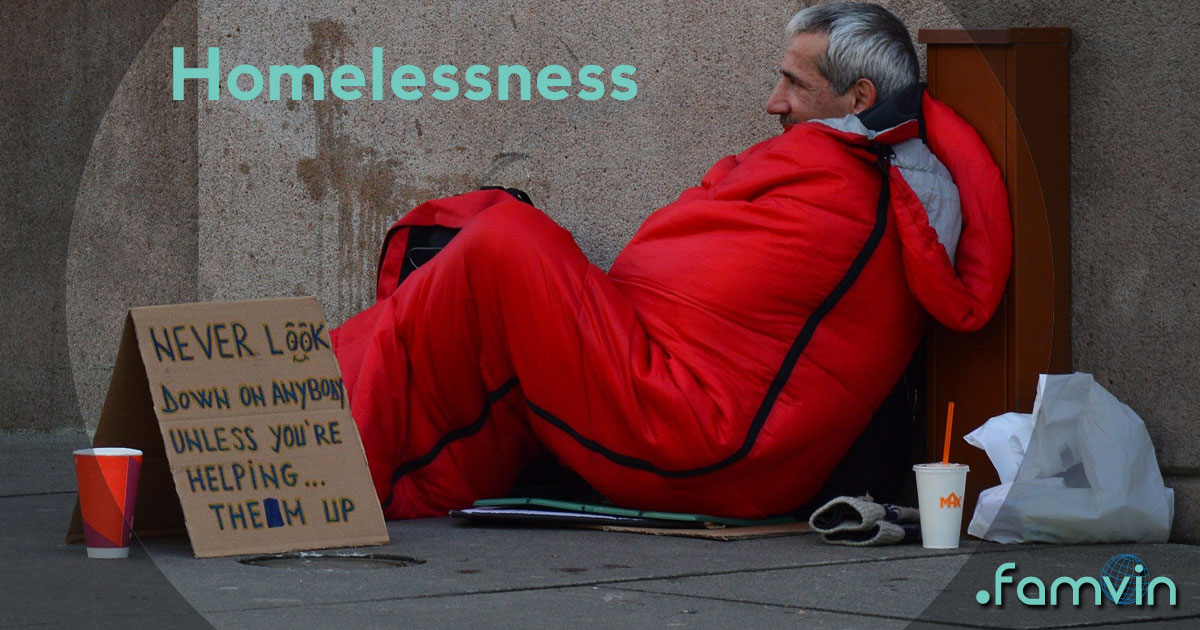Creating Connections Better Than Giving Directions
Sharing Stories
“Just knowing somebody was out there. Somebody was reading my tweet. It was an awesome feeling,” explained AnnMarie Walsh, a formerly homeless woman from Chicago who found housing faster by making use of social media.
Quite frankly, I would be sleeping on the streets if I hadn’t opened myself up to social media. I’m off the streets because of it . . .” California resident Rd Plasschaert.
The following excerpts are from Here’s What Happens When Social Media Meets Social Services – Invisible People
Social Media Support Has Emerged
Facebook groups like We Are Visible, which is run by Invisible People founder Mark Horvath, create walls in cyberspace for social media users who do not have walls in real life. Here is a place where homeless and formerly homeless people can connect to one another. They can also connect to vital outreach services, their own personal friends, and family members.
We Are Visible currently hosts thousands of people from all walks of life who would otherwise be isolated from the world. Members here can voice their fears and concerns, share their needs with one another, and so much more. The group has created an atmosphere of camaraderie that transcends digital barriers. It is filled with success stories where group members aid one another in accessing social services like:
- Finding a doctor
- Staying safe
- Locating vital resources
Creating Connections is Much Better than Giving Directions
Many workers in the social service industry believe that homeless people aren’t using their services because they cannot locate them. This has led to a whole host of apps dedicated to helping people find services, a virtual Yellow Pages if you will. However, that isn’t what’s needed. If we truly wish to change the world by ending homelessness, we must improve services. Part of that change needs to happen digitally.
As we’ve now learned from COVID-19, a great deal of everyday activities can be conducted over the phone. This includes homeless services. When we leverage smartphone technology, and use it for the purpose of creating connections, success stories develop nationwide.
These are the stories we should be sharing. These are the everyday tales.
Talk to your representatives about making more of them by making smartphones and Wi-Fi available to our neighbors without walls.
Editor’s note: This is part three in our Smartphones series. To read part one and part two, click the link below:
Smartphones Are the Smarter Way to Fight Homelessness, Part 1
Cynthia Griffith
Cynthia Griffith is a freelance writer dedicated to social justice and environmental issues.







0 Comments